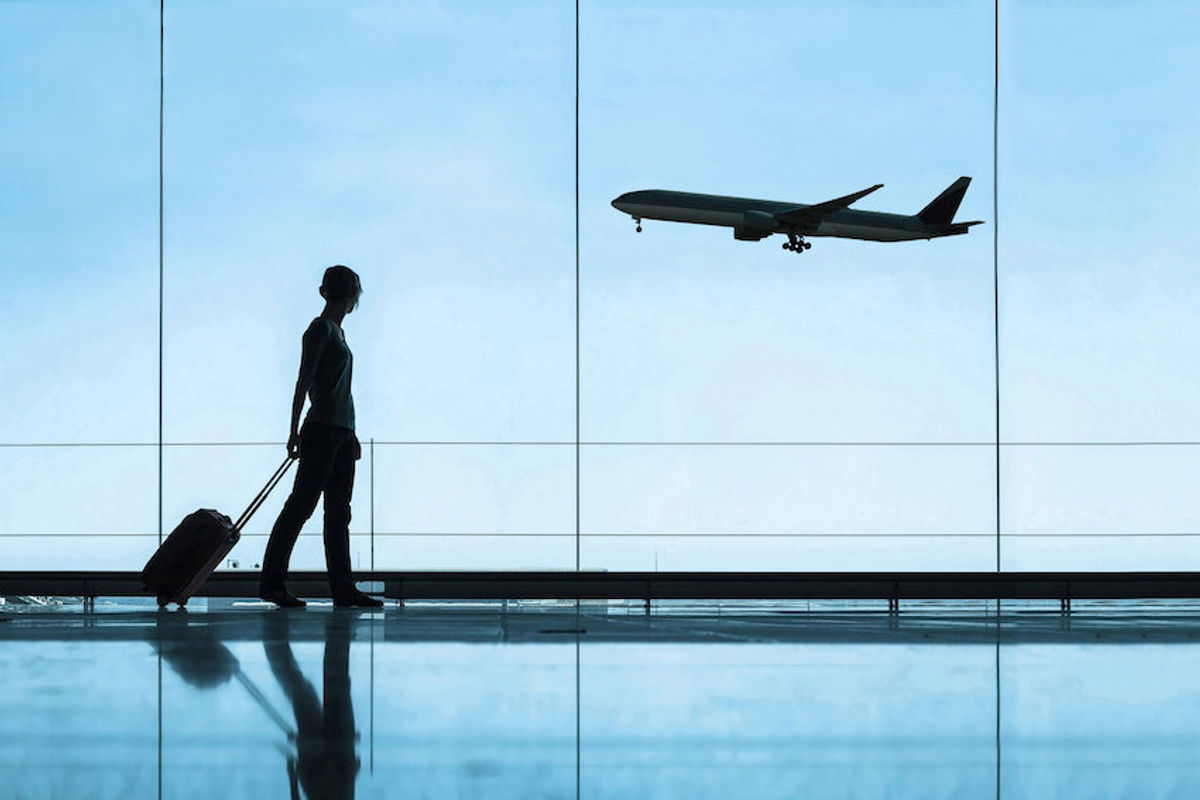Travel
Passenger demand up in March but IATA highlights ongoing supply chain issues

Global demand for air travel, measured in revenue passenger kilometres (RPKs), was up 13.8 per cent in March compared with the same month last year, while total passenger capacity (measured in available seat kilometres, ASKs) increased 12.3 per cent year-on-year, according to the latest data from the International Air Transport Association (IATA).
Overall passenger demand (incorporating international and domestic travel) in Africa, Europe, Latin America and the Middle East increased by between 10 and 11 per cent year-on-year, with Asia-Pacific witnessing growth of 24.2 per cent at one end of the spectrum and North America recording a 6.3 per cent increase at the other.
IATA noted that international travel demand also grew across all regions, with major routes from Asia-Pacific showing “outstanding growth”. Nevertheless, the number of scheduled flights between North America and China is at just 16.5 per cent of pre-pandemic levels.
Meanwhile, European airlines recorded an 11.6 per cent year-on-year increase in demand for international travel, while capacity grew 11.4 per cent and the average load factor rose marginally to 79.9 per cent.
“Demand for travel is strong and there is every indication that this should continue into the peak Northern Summer travel season,” said Willie Walsh, IATA’s director general.
However, he warned that “it is critical that we have the capacity to meet this demand and ensure a hassle-free travel experience for passengers. That means making urgent progress to resolve supply chain issues and for airports and air traffic management to be fully staffed and operating at maximum efficiency.”
Walsh continued: “While airlines are prepared for customer care and assistance when operational issues arise, they are fed-up of bearing the cost when delays and cancellations are the result of poor preparation in other parts of the value chain.”










.jpeg?tr=w-1200%2Cfo-auto)